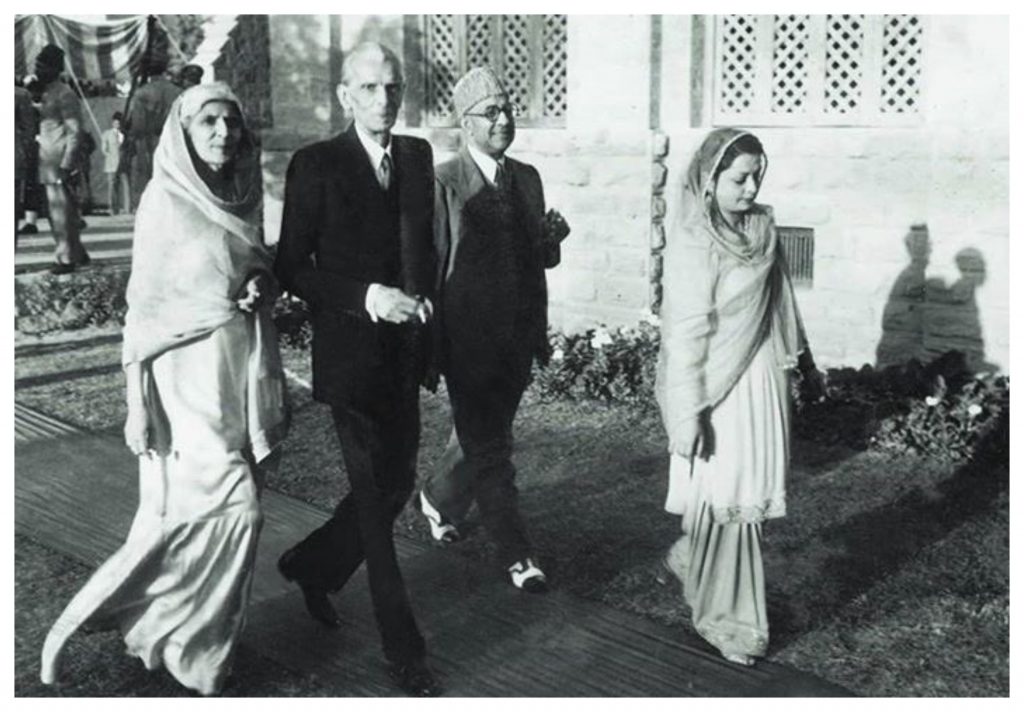
Pakistani Fashion: A Brief History
khawabeeda2023-02-18T03:27:55+00:00Pakistan has a rich traditional heritage, which is represented in its fashion industry. History of Pakistani fashion started from the Indus Valley Civilization, which existed from 3300 BCE to 1300 BCE. The civilization produced the first cotton cloth, which became a source of pride for the Pakistani people. Over time, Pakistan has emerged as a hub for fashion and textile, thanks to its skilled artisans and designers.
Fashion during Pre historic Times:
The early history of Pakistani fashion is deeply rooted in traditional clothing. The shalwar kameez, which consists of a long tunic and baggy trousers, has been a popular garment in Pakistan for centuries. The outfit originally worn by men but eventually became popular among women as well. The shalwar kameez is still a staple in the Pakistani wardrobe and is worn on formal and informal occasions.
Colonial Era:
In the 19th century, Pakistan came under British colonial rule, which had a significant impact on its fashion industry. The British introduced western clothing, which became popular among the urban elite. However, traditional clothing remained popular among the masses. The combination of western and traditional clothing gave birth to a unique style, which is known as the angarkha. The angarkha is a fusion of the shalwar kameez and the frock coat, which was popular among the British.
Fashion in early days of independence:
In the 1940s, Pakistan gained independence from British rule, and this marked the beginning of a new era in Pakistani fashion history. The country’s first fashion designer, Aleena Ahmed Sadiq, launched her label in 1954. She was followed by other designers such as Nurjehan Bilgrami, who founded the Indus Valley School of Art and Architecture. These designers brought a new wave of creativity to Pakistani fashion, which was heavily influenced by the country’s rich cultural heritage.
Pakistani Fashion in 60s & 70s:
During the 1960s and 1970s, Pakistani fashion experienced a period of growth and development. The Pakistani film industry, known as Lollywood, played a significant role in shaping fashion trends. The leading actresses of the time, such as Zeba Bakhtiar and Babra Sharif, became style icons and influenced the way women dressed. The 1970s also saw the rise of the mini skirt, which was popular among the young and trendy.
Fashion in late 20th century:
In the 1980s and 1990s, Pakistani fashion became more sophisticated and elegant. Designers such as HSY and Nilofer Shahid emerged and brought a new level of glamour to the industry. Bridal wear also became an important aspect of Pakistani fashion, and designers such as Bunto Kazmi and Nilofer Shahid created exquisite wedding dresses that were inspired by traditional styles.
Fashion Trends in Contemporary Era:
Today, Pakistani fashion is a blend of traditional and contemporary styles. Designers such as Sana Safinaz, Maria B, and Fahad Hussayn are leading the way in modern Pakistani fashion. Pakistani fashion has also gained international recognition, and designers showcase their collections at fashion weeks around the world.
Conclusion:
In conclusion, Pakistani fashion history is a story of creativity and innovation. From traditional clothing to contemporary fashion, Pakistan has always been at the forefront of fashion trends. The country’s rich ethnic cultural heritage is reflected in its fashion industry, which has become a source of pride for the Pakistani people. With talented designers and skilled artisans, Pakistani fashion is poised for a bright future.
Tell me about your knowledge of Pakistani fashion in comments or visit our store to buy some historic Pakistani Designer Clothes
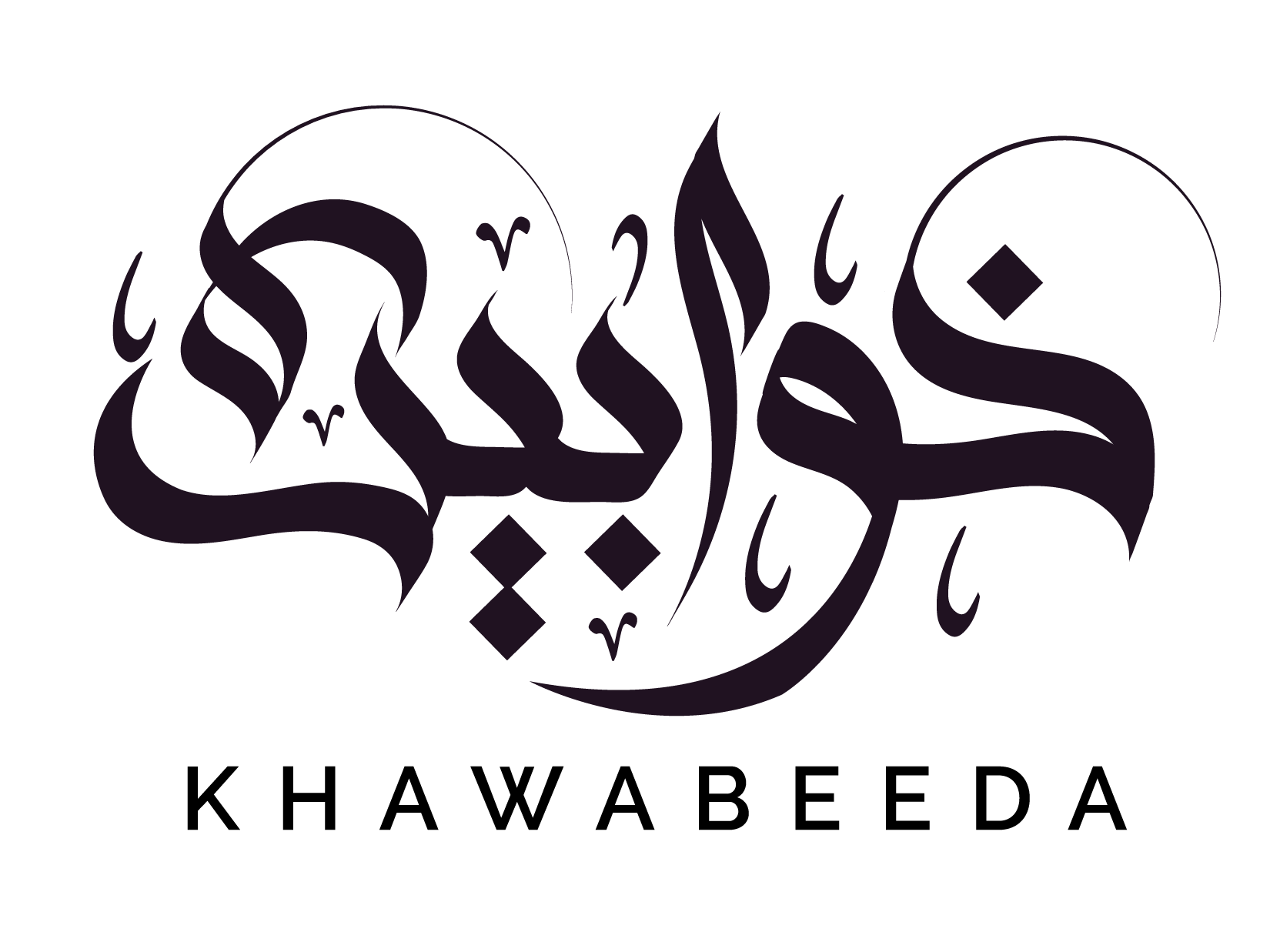
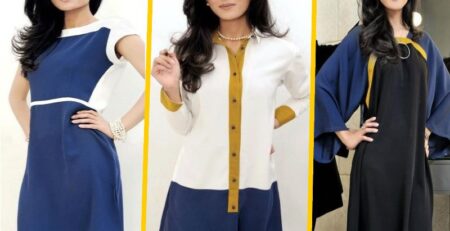

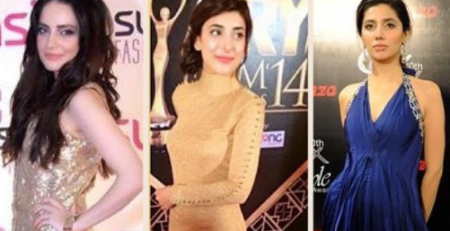
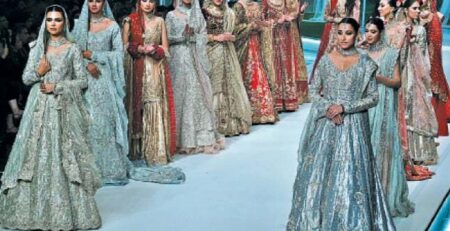
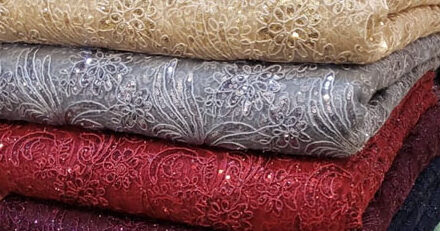
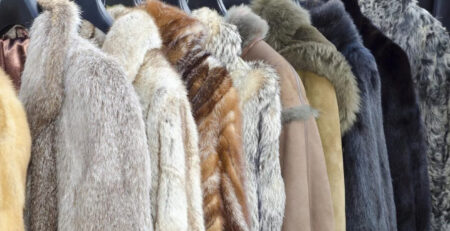
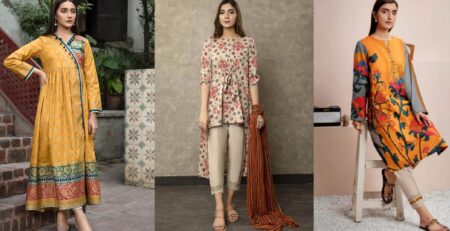
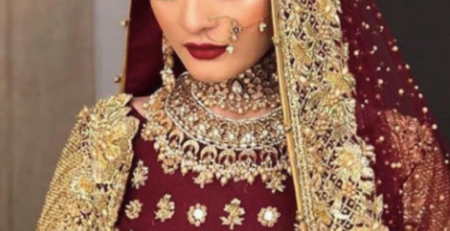
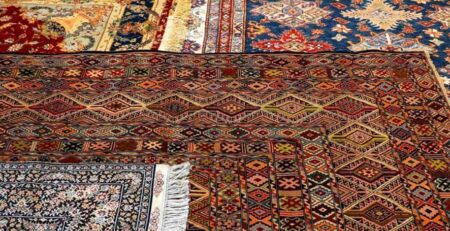
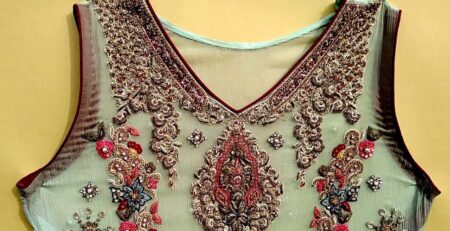
Leave a Reply